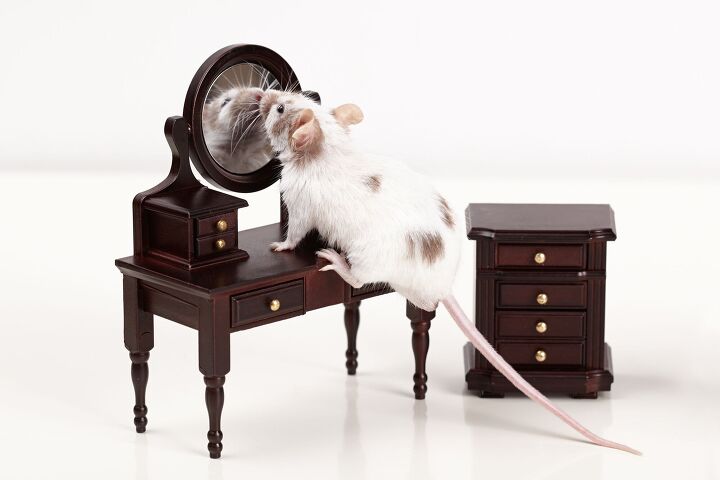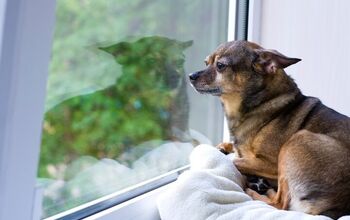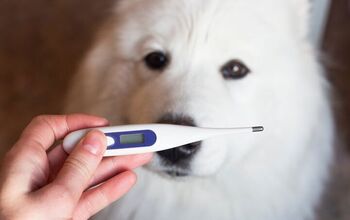Mice Have Passed the Mirror Test: What It Means

The “mirror test” is used by scientists to help them determine if an animal is self-aware—if an animal looks in the mirror and recognizes themselves in it, rather than thinking that there’s another animal looking back at them, they pass the test and are considered self-aware.
Several animals have passed this test, such as primates, Asian elephants, and bottlenose dolphins, among others. More recently, a study has shown that mice can also recognize themselves when they look in the mirror.
The Experiment That Proved Mice Can Pass the Mirror Test
To figure out if mice can pass the mirror test, scientists put some white ink on the foreheads of black mice. Then, they let the mice look into a mirror. What they discovered was fascinating: the mice recognized themselves in the reflection and started grooming themselves once they realized that there was something on their head that shouldn’t be there.
Also, if the mice didn’t realize that something was on their forehead (when black ink was used so it would match the color of their fur or when the spot of ink wasn’t large enough), they didn’t start grooming themselves. This shows that there was a reason the mice groomed their heads after looking in the mirror, and it was an attempt to clean themselves of the ink stain.
In addition to looking at their behavior, the scientists also used gene expression mapping to see which neurons in the brain became activated when the animals saw themselves in the mirror.
Findings Shed Light on Self-Recognition in Mice
This research shows that mice may be self-aware, but there are some things to consider. For example, the mice who groomed themselves to remove the ink were already used to mirrors, while mice who weren’t familiar with mirrors didn’t groom themselves. Also, mice who were socially isolated didn’t groom themselves during the experiment with the mirror, unlike mice who lived with other mice that looked like them.
There’s still more to discover and learn about these animals, so scientists are planning on doing more research in this area.
Join the PetGuide community. Get the latest pet news and product recommendations by subscribing to our newsletter here.

Lisa Selvaggio is a freelance writer and editor, and our resident cats-pert, with certifications in pet nutrition and pet first aid. She enjoys producing content that helps people understand animals better so they can give their pets a safe and happy home.
More by Lisa Selvaggio























